NanoBioMaterials
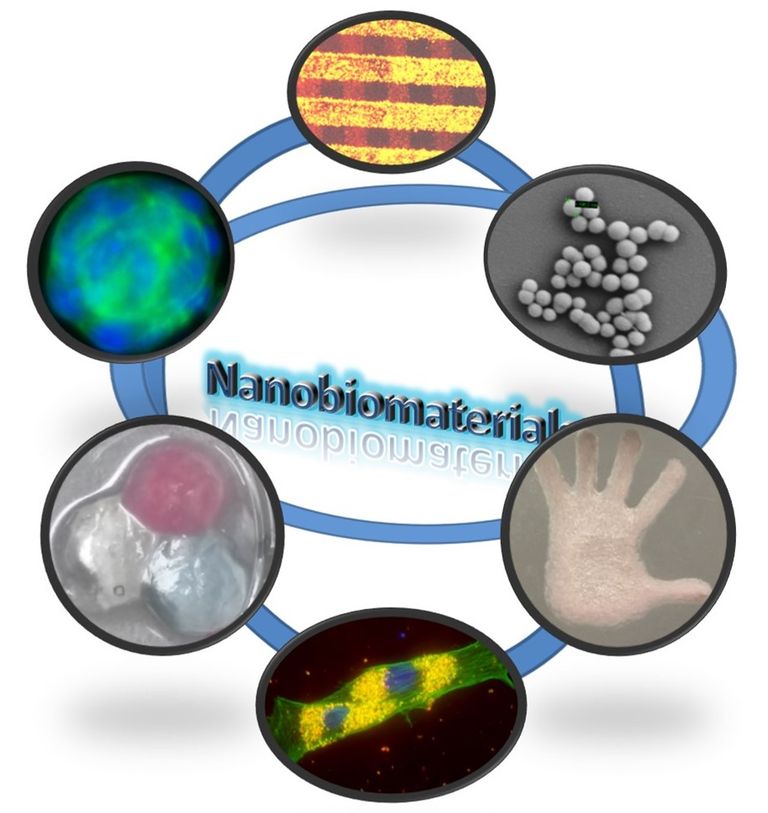
NanoBioMaterials Group
Our research activities are based on the syntheses and spatial controlled functionalizations of porous nanoparticles, preparation of their self-assembled monolayers (SAMs) and nanocomposite (NC) hydrogels as 2D and 3D biomaterials for biotechnological applications (e.g., cell-material interactions, local drug delivery) and 3D bioprinting of complex multifunctional 3D tissue constructs.

Assoc. Prof. Dr. Nermin Seda Kehr
E-Mail: sedakehr@gmail.com, sedakehr@iyte.edu.tr
Nationality: German
Personal Skills:
Interdisciplinary Project Management
International Team Building and Leading
Reliability
Creative Work
Effective Time Management
Cooperative Problem Solving
Research Interest
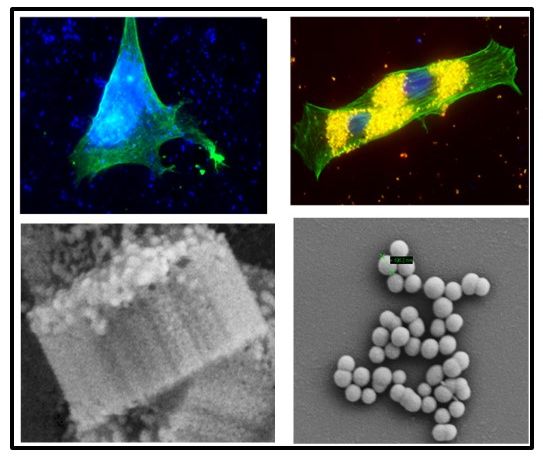
Synthesis and spatial controlled functionalization of porous nanoparticles (NPs)
We are particularly interested in the synthesis of silica-based porous NPs. The external and internal surfaces of NPs are functionalized selectively with fluorescence dye molecules, bioactive molecules, or with another nanoparticles using different techniques e.g., microcontact printing. These bi- or multi-functionalized NPs have potential applications in the field of sensing, drug delivery, specific targeting.
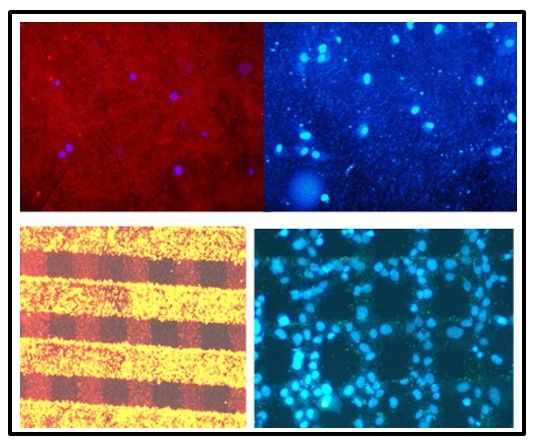
SAMs of functional porous nanoparticles as 2D biomaterials
In biotechnology, functionalized nanostructured materials, such as SAMs of NPs, have been used as artificial materials to mimic the extracellular matrix (ECM) and to study cell-material interactions. Therefore one of the focuses of our research is to prepare SAMs of functionalized porous NPs. SAMs of NPs are used for the controlled cell growth, cellular patterning and cell-cell separation. Additionally, stimuli-responsive NPs are applied as nanocontainers to transfer (bio)molecules to adhered cells on SAMs of NPs by controlled release of (bio)molecules as a proof-of-principle for local drug delivery.
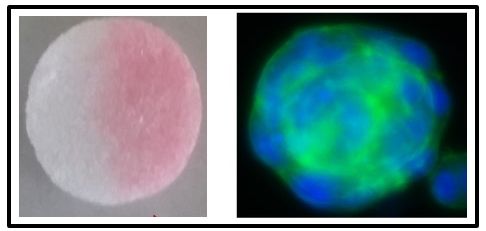
NC hydrogels of functional porous nanoparticles as 3D biomaterials
NC hydrogels are organic-inorganic hybrid nanocomposites that are used as 3D-scaffolds for tissue engineering applications due to their extraordinary mechanical strength, hydrophilic, biocompatible, and viscoelastic properties that can closely mimic ECM. In this respect, we prepare new NC alginate hydrogels with multiple-functionalized porous NPs. The biomolecule functionalized porous NPs enhance the mechanical and biological properties of the hydrogel. Moreover, as proof-of-principle for local drug delivery, the use of the stimuli-responsive porous functionalized NPs as nanocontainers resulted in the release of (bio)molecules from the pores of NPs to cells inside of the 3D NC hydrogel network.
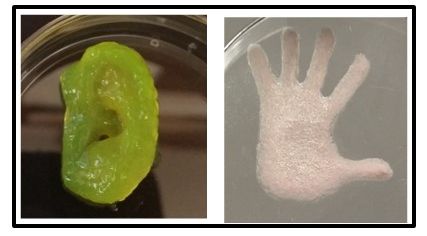
3D Bioprinting of advanced tissue constructs
3D bioprinting is a bottom-up approach, in which cells in a biomaterial matrix are printed, layer by layer, into well-defined 3D architectures, resulting in living constructs with desired shapes. 3D structures are suitable for clinical repair or replacement of organs or tissues. In this field, we prepare “nanocomposite bio-inks” consisting of cells within multifunctional NC hydrogels to generate 3D bioprinted advanced biomaterials with multiple functionalities and 3D tissue-like architecture. Using these advanced constructs, we will be able to use a single multifunctional biomaterial to simultaneously study, under the same reaction conditions and in native tissue-like material, the impact of all of the various material properties on cell behaviors.
Wir benötigen Ihre Zustimmung zum Laden der Übersetzungen
Wir nutzen einen Drittanbieter-Service, um den Inhalt der Website zu übersetzen, der möglicherweise Daten über Ihre Aktivitäten sammelt. Bitte überprüfen Sie die Details in der Datenschutzerklärung und akzeptieren Sie den Dienst, um die Übersetzungen zu sehen.